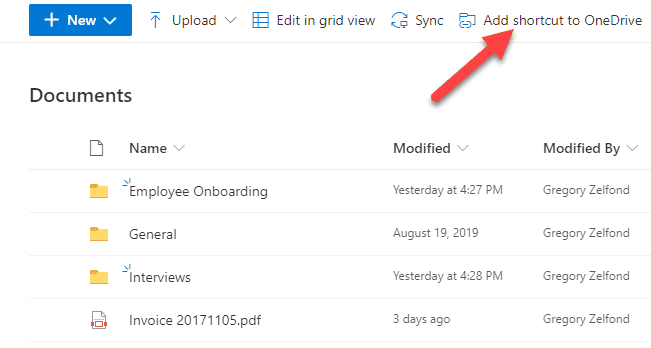

The below image outlines this process in real time, with a folder named James in both my user profile, and then Common Start Menu location. I wrote about this a little more previously here. The Start Menu will combine all results from both of these locations and display a single folder depth (1 folder deep) aggregation of all shortcuts in all folder structures below these directories. The Common users Start Menu Directory %ProgramData%\Microsoft\Windows\Start Menu\Programs This location is also the area where “Tiles” (The right hand side) are pulled from when defining a custom Start Menu Layout.Exception to this being if you define a Mandatory Profile for your users This is pulled from the Default User Profile on the server where the profile is created. The Users profile location %AppData%\Microsoft\Windows\Start Menu\Programs.The left-hand side of the Start Menu is made up of two main sources of “shortcuts” This may be well known, and I am simply thick, but here goes the outline. Easy you say (easy I said)….well it is, as long as you understand the limitations and behaviours around how the Start Menu behaves Vs what happens in the file system. “Add a custom folder to the Windows 10 Start Menu”. Here was the simple request spawning from a Citrix Discussions post. We beat the same wall on this with two different heads. Big shout out to James Rankin who was my first point of call for any weird Windows 10 junk that I couldn’t wrap my head around. The latest one for me is all around the creation of custom folders within the Windows 10 or Windows Server 2016 Start Menu, a simple request, that has next to nothing documented (that I could find) around the behaviours and expected outcomes.

Every corner is odd behaviour or barely documented fun which can lead to a high level of “WTF” moments. It’s up to you.The Windows 10 Start Menu is like the gift that keeps giving. So you can choose to move some or all your directories in Community and create links to them. If you installed it somewhere else, like D:\FS2020, then it won’t be.) and create the link inside the Community directory to the new location. Basically, if it’s in the default location in WinApps, it’ll be encrypted. Typically, it won’t let you move an encrypted directory in my experience, because it wants to stay encrypted. So basically, whatever directories you want to reside on a different drive, you’d copy them there, delete them from the Community directory (some of you will have encrypted Community directories that limit your ability interact with files there. Google it yourself, but here’s a description of how to create one. A symbolic link is different from a shortcut. A symbolic link is just that, a pointer to a directory that actually exists somewhere else, but to the program looking at the link in Community, it thinks it’s the whole directory.


 0 kommentar(er)
0 kommentar(er)
